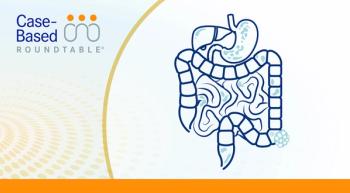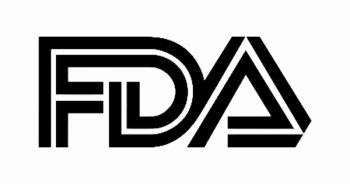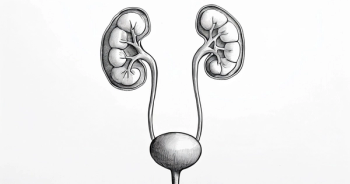
Daraxonrasib Earns FDA Breakthrough Status in Pancreatic Cancer

Daraxonrasib gains FDA breakthrough therapy status for treating metastatic pancreatic cancer with KRAS G12X mutations, showing promising survival rates.
- Daraxonrasib (RMC-6236) has received FDA breakthrough therapy designation for previously treated metastatic pancreatic ductal adenocarcinoma (PDAC) with KRAS G12X mutations.
- This designation is supported by promising phase 1 data (NCT05379985) showing an 8.8-month median progression-free survival (PFS) in patients with KRAS G12X-mutant PDAC.
- A global phase 3 trial (RASolute-302; NCT06625320) is underway to further evaluate daraxonrasib against standard chemotherapy in this patient population.
The FDA has granted breakthrough therapy designation to daraxonrasib, an oral, direct RAS(ON) multiselective inhibitor designed to target active, GTP-bound RAS, for the treatment of patients with previously treated metastatic PDAC harboring KRAS G12X mutations.1
The decision was based on findings from the phase 1 RMC-6236-001 trial. Updated results from this study, presented at the 2025 Gastrointestinal Cancers Symposium, demonstrated encouraging efficacy. Among 22 patients with second-line metastatic PDAC and KRAS G12X mutations who received daraxonrasib at 300 mg per day, the median PFS was 8.8 months (95% CI, 8.5 to not evaluable [NE]).2 For a broader cohort of 37 patients with RAS-mutated disease treated at the 300 mg dose, the median PFS was 8.5 months (95% CI, 5.9-NE). Across daily doses ranging from 160 mg to 300 mg, the median PFS was 8.5 months (95% CI, 5.3-11.7) for 42 patients in the KRAS G12X-mutant population and 7.6 months (95% CI, 5.9-11.1) for 57 patients in the RAS-mutant population.
For patients in the KRAS G12X-mutant population, objective response rates (ORRs) at the 300 mg dose were 36% compared with 27% in the RAS-mutant population, and the respective disease control rates were 91% and 95%.
“This breakthrough therapy designation underscores the enormous need for new treatments for patients with pancreatic cancer and highlights the potentially important role the investigational drug, daraxonrasib, may have in helping patients living with this disease,” said Mark A. Goldsmith MD, PhD, chief executive officer and chairman of Revolution Medicines, in a press release.1
The previous phase 1 study enrolled patients aged 18 years and older with advanced solid tumors harboring KRAS G12X mutations, excluding KRAS G12C mutations.3 Prior standard therapy was a prerequisite, and patients with brain metastases were excluded from the study. Daraxonrasib was evaluated at daily doses from 10 mg to 400 mg, with 160 mg, 220 mg, and 300 mg doses explored for dose optimization and potential use in phase 3 studies.
Daraxonrasib is currently being investigated in the global phase 3 RASolute-302 study, which is comparing it with standard-of-care chemotherapy in patients with previously treated metastatic PDAC.3 Eligible patients must have histologically or cytologically confirmed metastatic PDAC and have progressed after a 5-fluorouracil–based or gemcitabine-based regimen. Patients must have documented RAS-mutant or wild-type status, with RAS mutations defined as nonsynonymous mutations in KRAS, NRAS, or HRAS at codons G12, G13, or Q61. Measurable disease per RECIST 1.1 criteria and adequate organ function are also required.
Patients are being randomized 1:1 to receive either daraxonrasib or chemotherapy. The primary end points of the study are PFS and overall survival in the KRAS G12X-mutant population.
“We look forward to substantially completing enrollment of the RASolute 302 study this year to enable an expected readout in 2026, and should the results support it, working closely with the FDA and other regulatory agencies around the world to bring daraxonrasib to patients as quickly as possible,” Goldsmith said in the press release.1








































